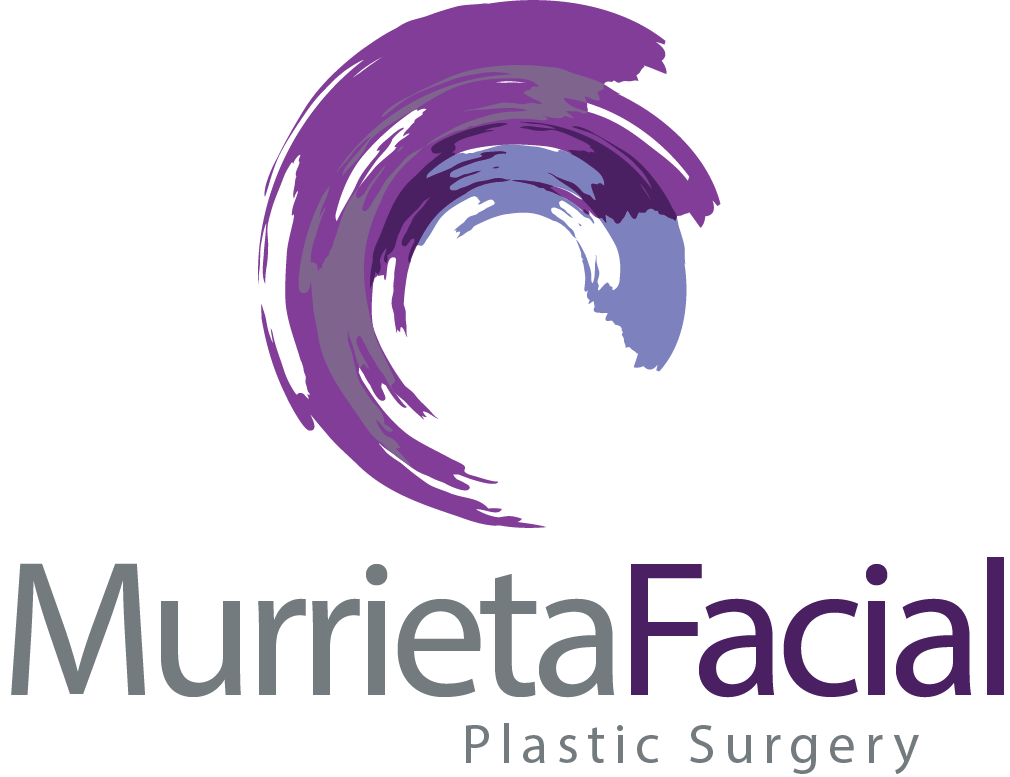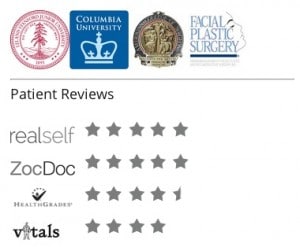Having a deviated nasal septum is very common, in fact it is estimated that between 70 and 80 percent of people have a deviated septum or some form of septal deviation. Whether this condition presents at birth or the patient develops it during the course of their life, it may be necessary to correct it using minimally-invasive plastic surgery procedures.
When the bone and cartilage that separates the nasal cavity in two – known as the septum – develops off center or becomes crooked, it can result in several issues including:
- Difficulty Breathing
- Snoring or Loud Breathing During Sleep
- Headaches
- Pain
- Nosebleeds
- Sinus Infections
- Nasal Congestion
- Sleep Apnea
These symptoms can result in significant and chronic distress for patients, but luckily many of these patients have found success utilizing septoplasty. Septoplasty is a procedure that involves making a small incision into the septum from inside the nose to remove bone and cartilage. In some cases a septorhinoplasty procedure, which is a combination procedure of septoplasty and rhinoplasty, is better utilized to correct the issue. Septoplasty and functional breathing issues are typically covered by your health insurance plan.





